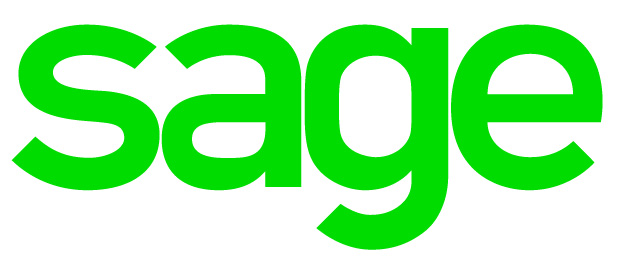The top rate of Income Tax is 45%?
Named the additional rate, the highest rate of Income Tax is 45%, and some might say 45% is high enough.
However, if the rate of tax is measured as the relationship between income and tax plus tax related penalties paid, there are times when this 45% can rise, to as much as 90%.
For example, if HMRC discovers that a taxpayer has been negligent in declaring all their income for tax purposes, they can charge a penalty. This can be as much as 100% of the tax due – effectively this doubles the rate of tax charged. And so, if you are paying tax on under-declared income at 45%, and if a 100% penalty is levied, the effective rate of tax charged is 90% of the income declared.
Whilst this may be an extreme example, consider taxpayers whose income exceeds £100,000. For the tax year 2018-19, for every £2 your income exceeds £100,000 you lose £1 of your tax personal allowance. This means that taxable income between £100,000 and £123,700 is taxed at an effective rate of 60%.
All is not what it seems.
Latest News
- New employment protections - April 18, 2024
- Opening up small company reporting - April 16, 2024
- Boost for small businesses - April 12, 2024
- A new acronym - April 9, 2024
- Tax Diary April/May 2024 - April 5, 2024
- Still time to register for the Marriage Allowance - April 5, 2024
- Check your National Insurance record - April 5, 2024
- HMRC helpline changes on hold - April 5, 2024






